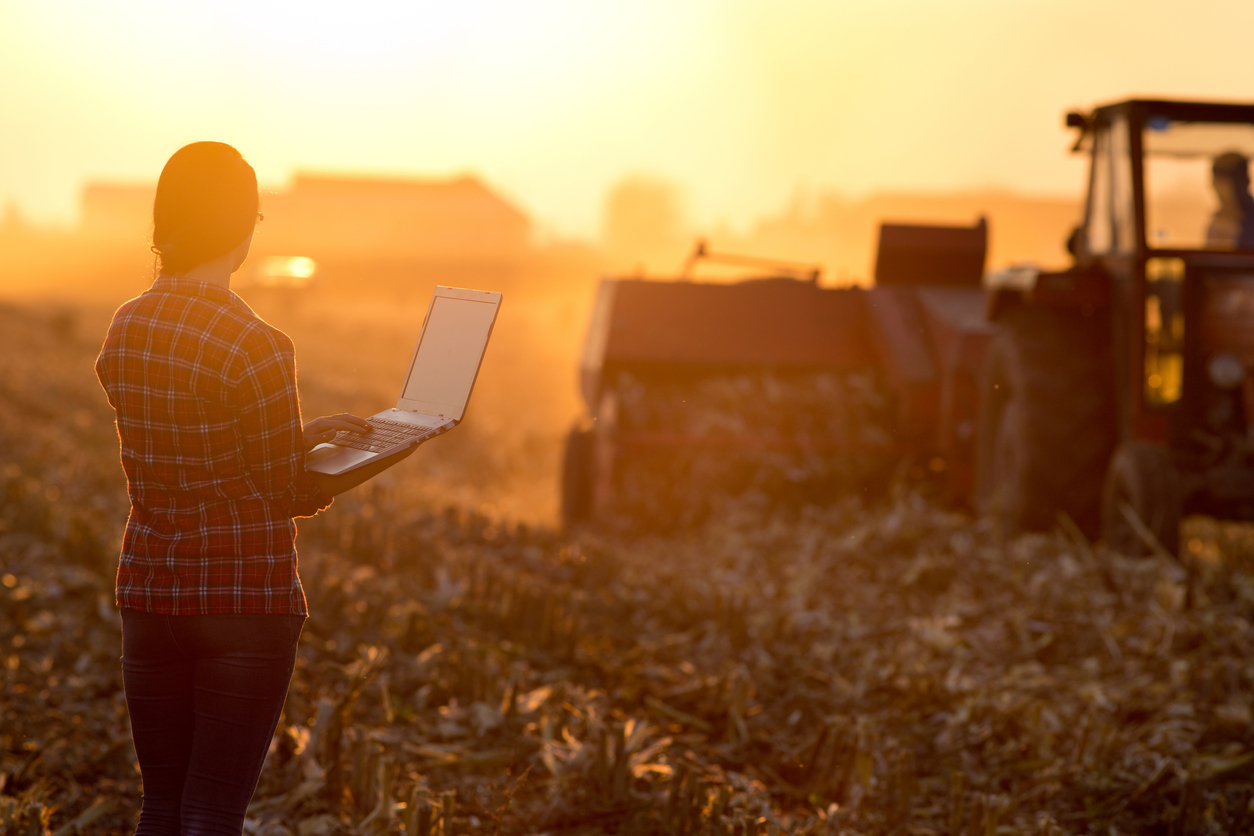Without a single tree in your yard, you can still be blessed with massive numbers of leaves.
ÿ
|
Leaves' journey
Fallen leaves can either travel miles or disintegrate within a few feet of their tree. The more surface area and the lighter a leaf's weight, the greater its chance of blowing far away.
Leaves start their journey as life slowly ebbs away in the fall. The leaf stem contains strong, woody connections between leaf and trunk. Wind, rain or animals can snap off these connections. When they break, the leaves fall.
A leaf's initial drop from the tree is when it has the greatest chance of traveling the farthest. On dry, windy days, leaves can swirl and sail hundreds of yards.
Once on the ground, leaves can be pushed along by ground-hugging breezes. Wet days and heavy dews can ground many leaves. If they become wet or matted-down, they will stay in one spot and decay.
If they keep drying, though, and become lighter, further wind-buoyed flight becomes more likely.
There are reasons they travel so well
Look at tree leaves on the ground. Most don't lay flat. The same internal structures that held the living leaves upright on the tree now keep them from laying perfectly flat against the ground.
As they dry, many leaves twist and curl. The farther a leaf sticks above its surroundings, the greater is its chance for catching a wave of wind.
Not only does the leaf blade help catch the wind, but the stem, or petiole, can act as one leg holding the leaf braced above the ground.
A leaf with several lobes and supporting veins can dry into a multilegged stool holding most of the leaf blade off the ground. The rolling and curling of a leaf as it dries can produce a "box kite" effect which the wind can catch.
Other leaves are small and light enough to remain nearly flat but blow like snow flakes across a yard. Most leaves cup or change shapes in some way, which allows quicker drying and better sailing at slower wind speeds.
After the fall
After the leaves' initial fall from the tree, the wind tumbles and sweeps them along. This is most noticeable on pavement and short-mowed grass.
As leaves tumble, especially on hard surfaces, small pieces are broken away. These pieces can lay close to the ground and have less sail area for the wind to catch.
The closer they get to the soil surface, the greater the chance that leaves will absorb more moisture. And at the physical surface of the ground or pavement, the wind speed is zero. The closer to the ground a leaf lies, the less chance for wind to pick it up.
Leaves gather in drifts where the surface is rough enough to catch them or the local air turbulence produces small patches of less wind. The size of the leaves and the height of the drift show how much wind energy is present.
Bigger leaves gather at a tall curb-edge or along fences. Small leaves drift around corners and behind low landscape objects. Pine needles stay close to home once they drop because they're hard for the wind to pick up and tumble. Some curled or rolled oak leaves can go on long journeys.
Leaves' final destination
Somewhere, the leaves finally resting spots at forest edges, house foundations, porch sides, stream beds. There they are matted down, crushed by their associates and moistened by winter rains.
Decay fungi and small animals chew and consume the remaining parts. The result is the recycling of the soil and air that built the leaf in the first place.
Blowing leaves are just one step ahead of recycling.







.jpg)



